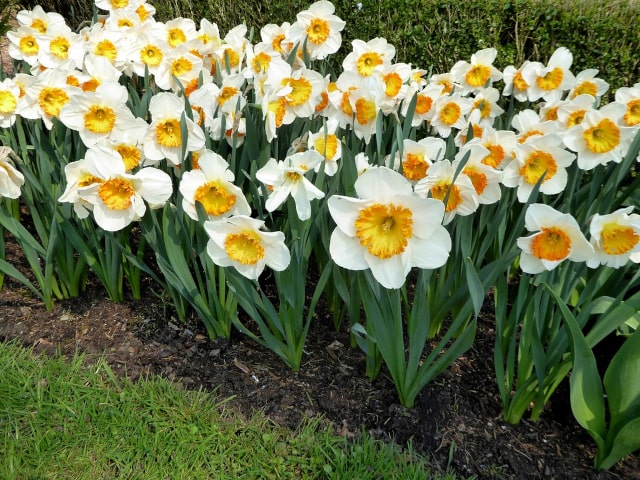
When choosing plants to grow in our home or garden, too many times we focus on aesthetics. We tend to choose plants we find beautiful, with rich foliage and colorful flowers. When we buy plants or choose which ones to start from seeds, we seldom think about them being a potential health hazard. But there are many poisonous plants that can be harmful to humans and pets, so it's important to know how to identify them.
It's important to know that many plants you find in gardens and homes may be poisonous. It happens more often than you realize. It's usually not the whole plant that is poisonous but parts of it, be it leaves, flowers or fruits. Some plants or plant parts are poisonous only in certain stages. It also happens that certain parts of a plant are edible and even tasty while others are poisonous. These are some things you need to pay attention to.
It's also important to remember that "poisonous" can mean many different types of health hazard for humans and animals. Some poisonous plants will have only mild consequences, such as upset stomach or vomiting. Other plants may lead to serious consequences, even death.
For this reason, it's important to be careful when handling poisonous plants. This is particularly important if you have children or pets in your household. However, it doesn't mean that you should give up on growing poisonous plants altogether. All you need to know is how to identify them, which parts are considered poisonous and what is the best way to handle them safely. With these precautions in mind, you will be able to grow poisonous plants without a problem.
Common Poisonous Plants
Here is a list of the most common poisonous plants many people choose to grow in their homes or gardens:
- Narcissus, Hyacinth and Daffodil: These plants have toxic bulbs that can cause nausea, vomiting and diarrhea. In some cases, this can even be fatal.
- Rosary Pea and Castor Bean: They have poisonous seeds so this is what you have to watch out for. Consequences can even be fatal in some cases: there are records of one single Rosary Pea causing death. One or two Castor Bean seeds can be lethal to adults.
- Star of Bethlehem and Autumn Crocus: They have toxic bulbs. Eating these bulbs can cause nervous excitement and vomiting.
- Iris: This plant's underground stems are considered toxic. They can lead to severe upset digestive system. However, the consequences are usually not that serious or fatal.
- Oleander: This plant has extremely dangerous branches and leaves. Nectar is also toxic. This can lead to severe upset of digestive system and they can affect the heart. In some cases, it can lead to fatal consequences.
- Wisteria: This plant has poisonous seeds and pods. However, the consequences are not severe and usually lead to mild or, in some cases, severe upset digestive system. Many children have experienced this sort of poisoning with Wisteria.
- Lantana Plant: It has toxic green berries. It can be found growing in the wild in the southern United States. It is also commonly grown as a landscape ground cover or potted plant. The plant is poisonous and the consequences can be fatal. The poison affects kidneys, lungs, nervous system and heart.
- Jack-in-the-Pulpit: All parts of this plant are poisonous, but especially roots. It is similar to "Dumb Cane Plant" (Dieffenbachia), which can cause burning and irritation of the mouth and tongue. This irritation comes from the small calcium oxalate needle-like crystals.
- Oaks: They have toxic acorns and foliage. The symptoms slowly appear over days or even weeks. This plant is known to gradually affect the kidneys. However, consequences are usually not that severe. It takes a very large amount to get poisoned.
It's also important to remember that some people will have reactions to certain plants while others won't. Also, pets will have a different tolerance to plants. It's therefore best to treat unknown plants with respect and teach your children to be careful around them. Learn which parts of plants you grow in your garden or home are potentially poisonous and always handle them with great care.
Photo credit: Linda De Volder
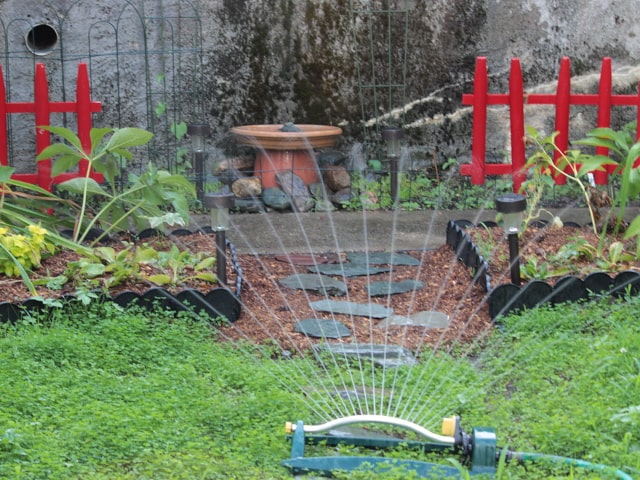
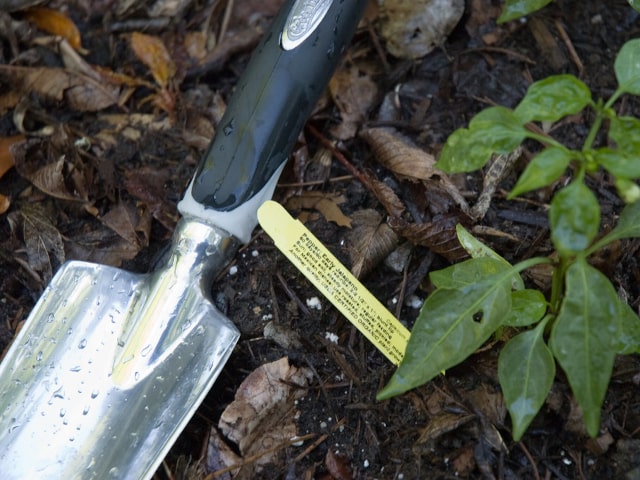
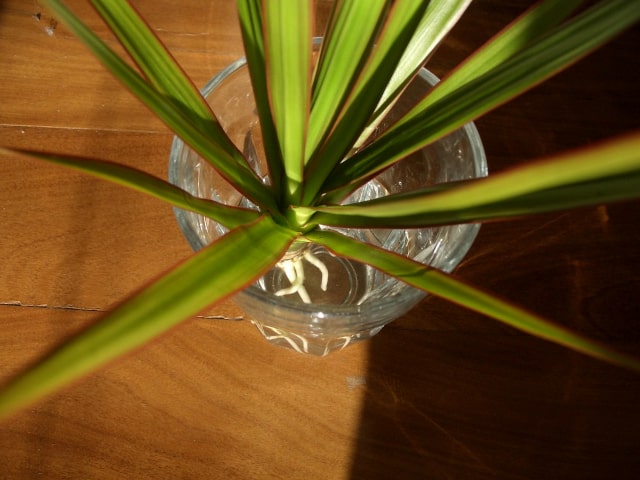
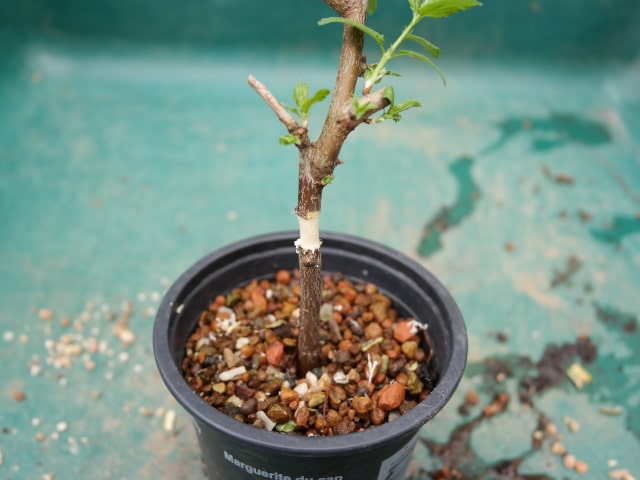
0 Comments